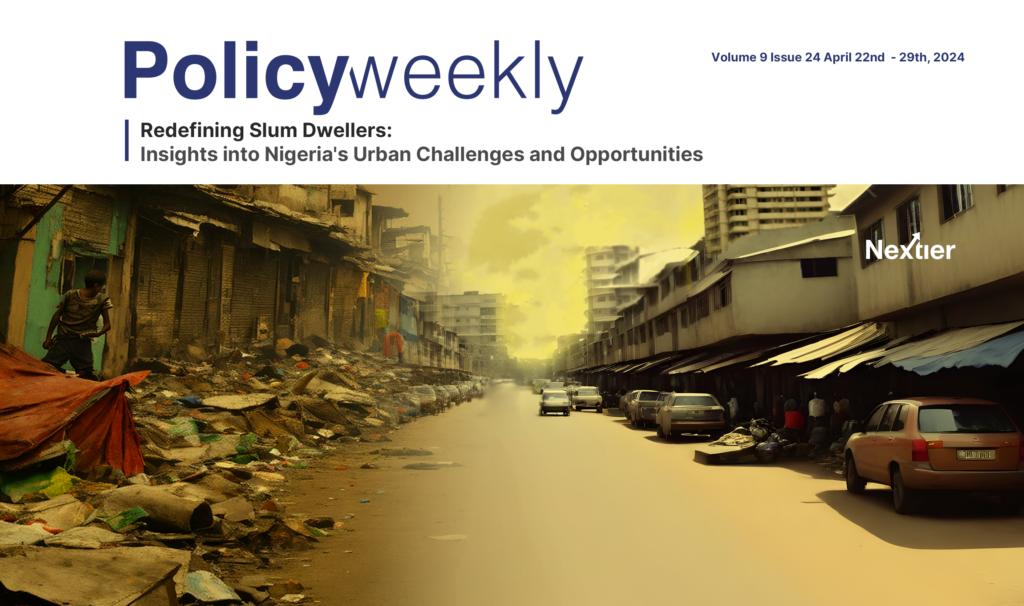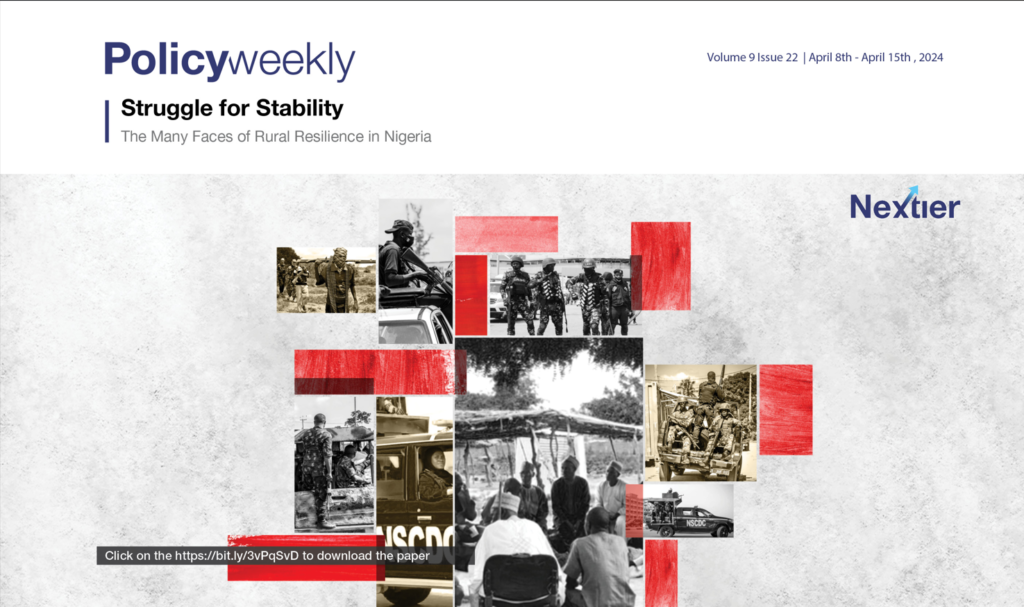Slums emerge and proliferate across various regions globally due to many factors. On the one hand, rural-to-urban migration, economic stagnation, persistent poverty, and reliance on informal economies drive rural dwellers to urban areas in search of green pastures. On the other hand, systemic factors such as high unemployment levels, inadequate urban planning, political dynamics, and social unrest exacerbate rural migration. In turn, rural migrants, often faced with the high costs of housing, turn to slums for shelter. “Slums” or “shanties” exist in urban areas, contrasting the gleaming skyscrapers and big shopping malls across Nigeria’s bustling cities. Millions reside in these informal settlements, characterised by cheaper, low-standard housing, poor sanitation, limited access to essential services, and vulnerability to environmental hazards.
With Nigeria’s rising urbanisation rate, the increasing demand for affordable housing may cause a widening housing gap without a targeted policy intervention. It is, therefore, crucial to shift the perspective and recognise slum dwellers not as nuisances but as partly victims of systemic failures and bad governance.
This edition of the Nextier SPD Policy Weekly explores the causes of slum proliferation in Nigeria, examines the government’s strategies to address the slum crisis, reviews successful approaches, and emphasises the importance of addressing the underlying factors rather than merely treating the symptoms.
Click here to download report



